Communication is vital in marine travels, whether you’re travelling short or long distance. It becomes even more important when navigating through the open sea so that your vessel can avoid hazards and collisions. However there are times when unfortunate circumstances or accidents may still occur, and your vessel will need immediate support and rescue help.
To ensure that vessels in trouble get the immediate help they need, the International Maritime Organisation has put into place the Global Maritime Distress and Safety System (GMDSS). The GMDSS comprises a universally agreed-upon set of safety procedures, types of equipment, and communication protocols for maritime distress.
In this blog, we go in-depth on what is GMDSS and what equipment is required for your vessel should it need to comply with GMDSS regulations.
What is the GMDSS?
The Global Maritime Distress and Safety System (GMDSS) is an internationally recognised distress and radio communication safety system that was established by the International Maritime Organisation (IMO) at the Safety of Life at Sea Convention (SOLAS) in 1974. This was further amended in 1988 to carry the force of an international treaty and enforce installation in selected vessel types for safety purposes.
The GMDSS provides safety-of-life information and communication systems that relay information to ships about navigation hazards and weather conditions. Ships with GMDSS can enable distress calls with pertinent location and identification information through just a push of a button. The system offers a link between Search and Rescue (SAR) authorities ashore and other vessels within range of the vessel in distress, so that both land and sea resources can be delivered efficiently for SAR operations.
GMDSS equipment combines both satellite and terrestrial communication systems to fulfil a number of functional requirements while ships are at sea. Functional requirements include the following:
- Transmit ship-to-shore distress alerts by at least two separate and independent methods
- Receive shore-to-ship distress alerts
- Transmit and receive ship-to-ship distress alerts
- Transmit and receive search and rescue coordinating communications
- Transmit and receive on-scene communications
- Transmit and receive signals for locating
- Transmit and receive maritime safety information
- Transmit and receive general communications
- Transmit and receive bridge-to-bridge communications
The equipment can take the form of fixed-mount GMDSS equipment, or portable GMDSS devices for survival crafts.
What Equipment Must Be Common to All GMDSS Ships?
Several sub-systems are typically installed as part of GMDSS requirements for marine vessels:
- 406 MHz Emergency Position Indicating Radio Beacons (EPIRB) – EPIRBs are battery-powered radio transmitters that aid in the detection and location of ships in distress. They are both watertight and buoyant, as well as transmit within the range of 406.0 – 406.1 MHz channel. It’s designed to operate with satellites and has been designated for use only for distress.
- VHF Radio – VHF refers to very high frequency and is a valuable component of marine mobile radio service as it is used for sending distress messages. Marine VHF radios are two-way communicators that relay and receive messages to and from the responding station. They can be either portable or non-portable. Some even have built-in GPS receivers and AIS receivers.
- NAVTEX Receiver – Navigational Telex (NAVTEX) receivers are a Narrow Band Direct Printing (NBDP) device that typically operates on the frequency 518 kHz and is a significant part of the GMDSS. It automatically receives Maritime Safety Information, including Radio Navigational Warnings, Meteorological Forecasts, and Distress Alerts, among others. The NAVTEX receiver generally provides coastal warnings that cover the area from the Fairway Buoy out to about 250 nautical miles from the transmitter.
- Search and Rescue Transponder (SART) – SART machines help in locating the position of the ship in case it goes off-track during times of distress. They are made of waterproof components and are essentially battery-operated to ensure their full functionality in times of emergencies.
- Backup Power System – Ships must have an emergency generator in case the main generating system malfunctions. It must have an independent means of automatically starting, either by air or battery, to ensure immediate use following a main power failure.
How can Vessels and Communications Personnel Comply with GMDSS Regulations?
The international GMDSS regulations are mandatory for ships that meet the following criteria:
- Cargo ships of 300 gross tons and over with international voyages or travels in the open sea
- Every passenger ship that is carrying more than twelve passengers with international voyages or travels in the open sea
There must also be two licensed radio operators aboard GMDSS-certified ships. Either one should be available to act as a dedicated radio operator during emergency situations. The radio operators should have completed a GMDSS course and are holders of a GMDSS Radio Operator’s Licence.
Purchase GMDSS Equipment for your Marine Vessel at Tecomart
Get reliable marine communication equipment to increase the safety of your voyages at sea when you shop at Tecomart. We have top-of-the-line GMDSS equipment that enables you to quickly communicate to SAR teams within the vicinity when times of distress occur or when you need assistance. Purchase GMDSS equipment from trusted brands, such as SAMYUNG ENC, ICOM, and JRC, and always be prepared as you set sail.
Should you want to know more about our products and services, please contact us.

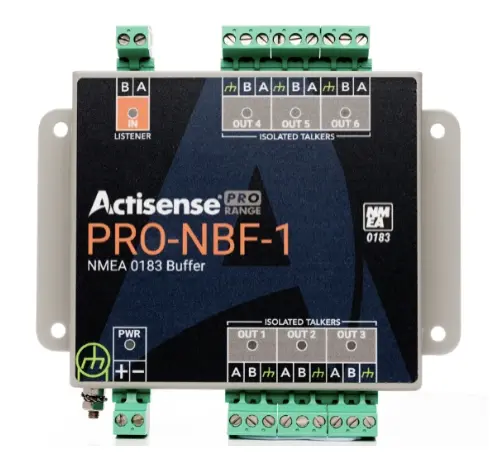
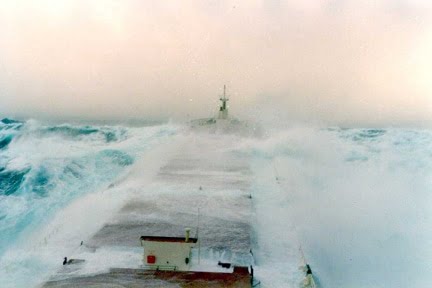
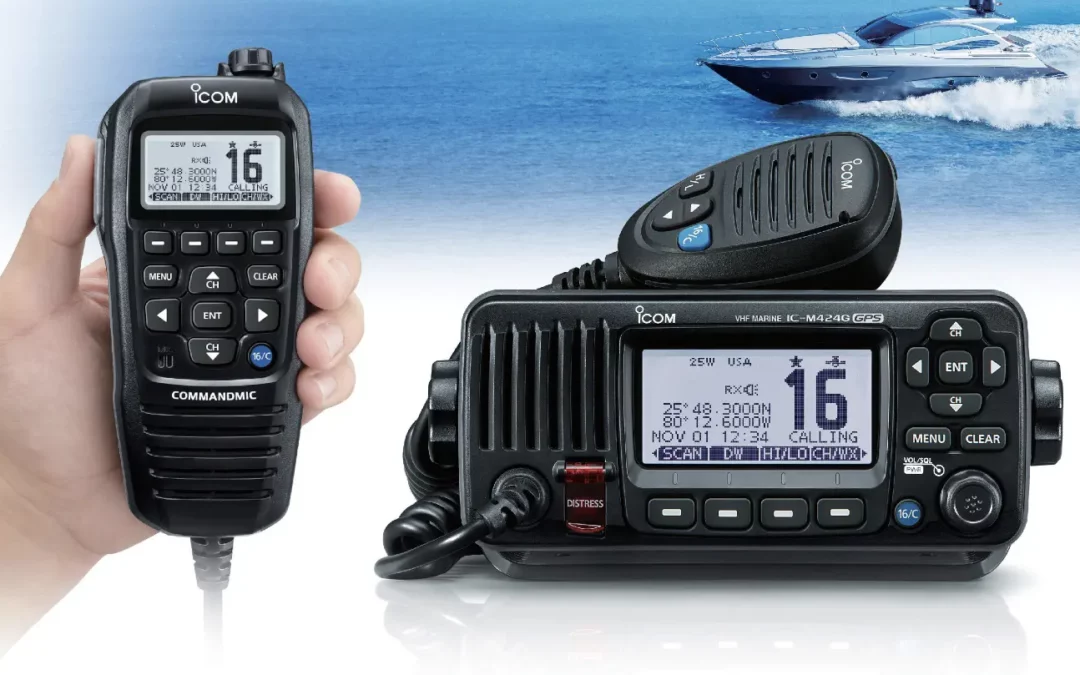
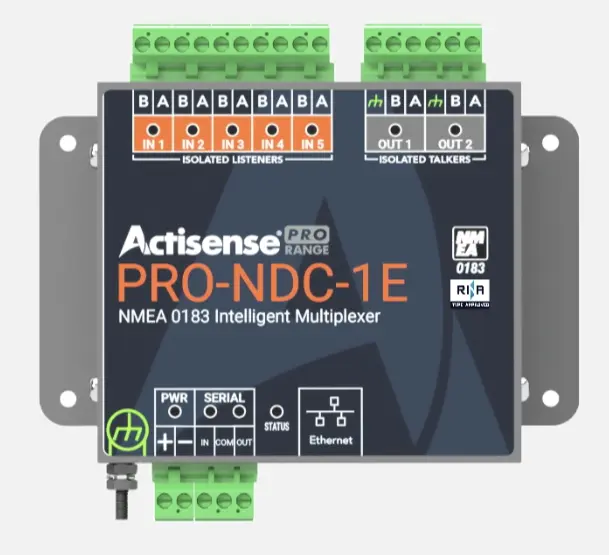
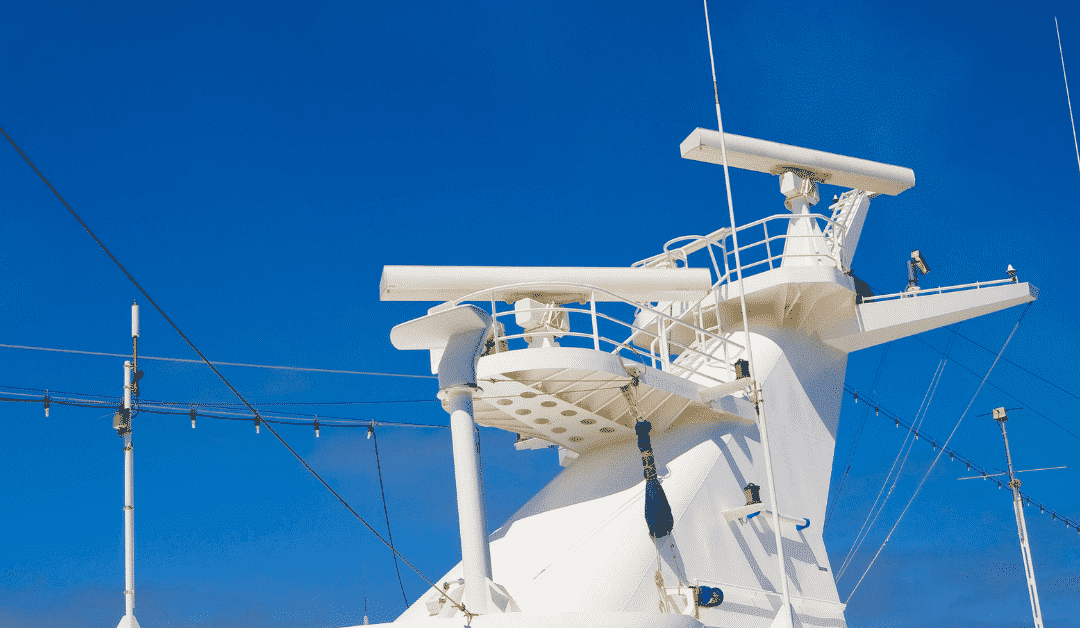
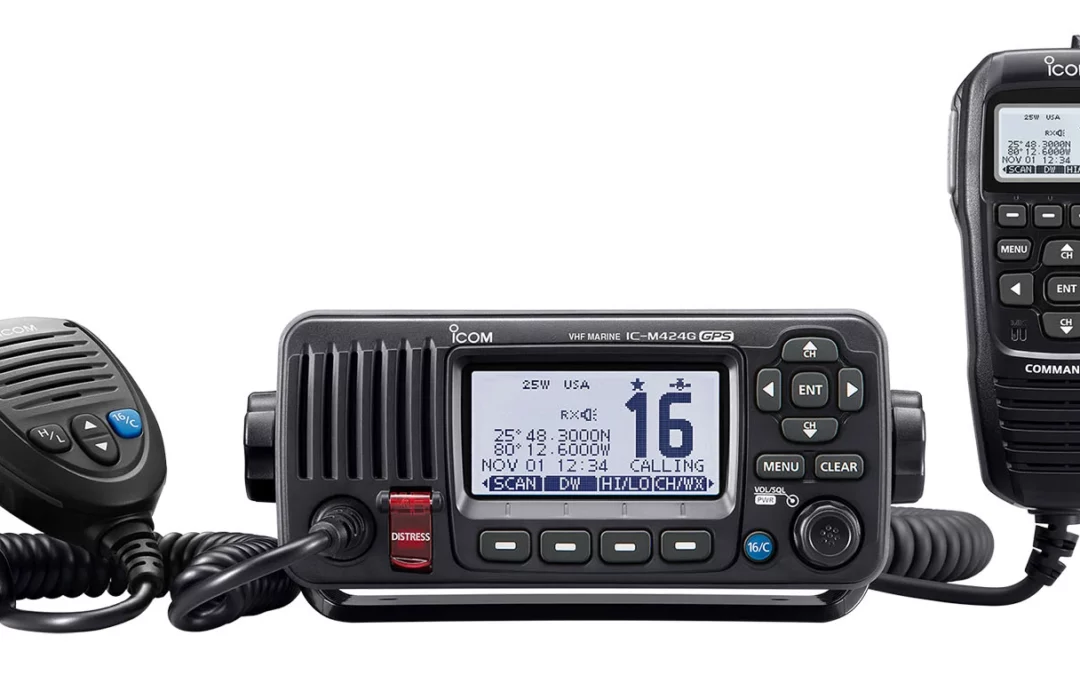
0 Comments